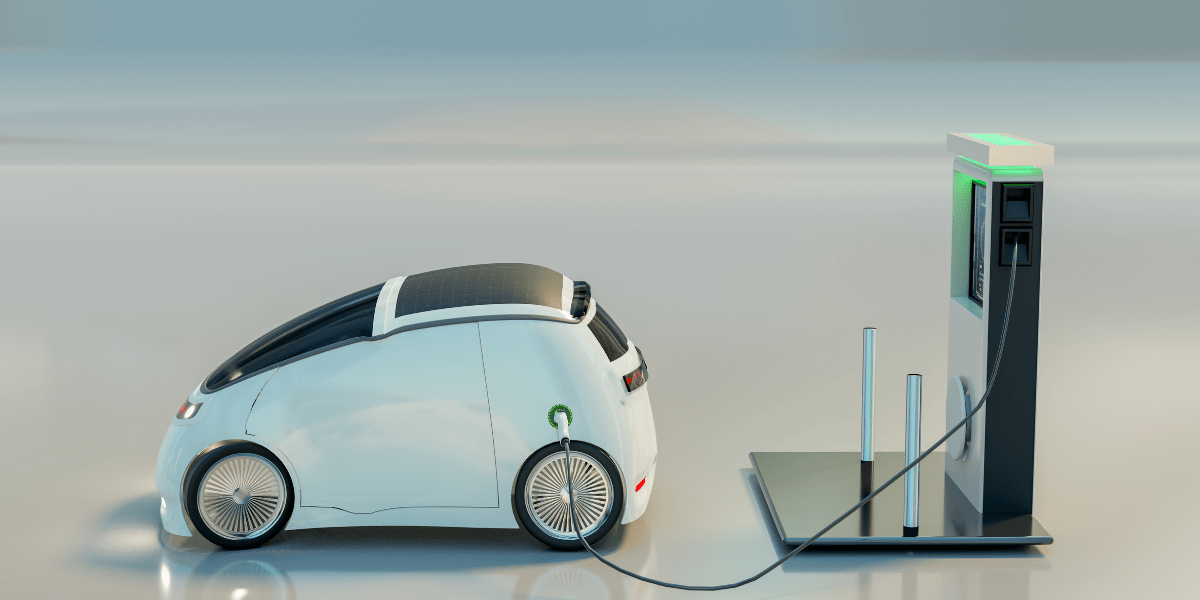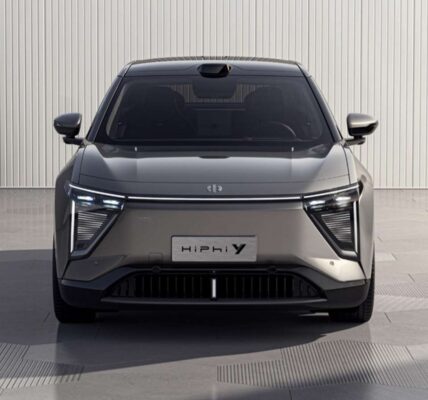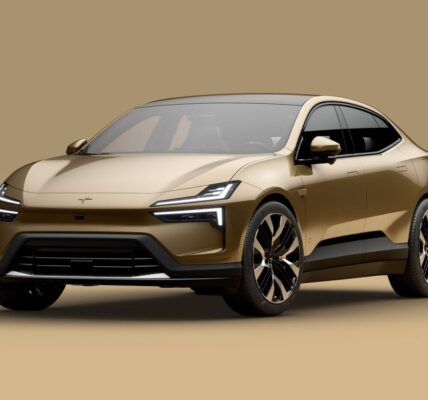Europe Vehicle Electrification Market Set to Grow from $40.4 Billion in 2024 to $72.3 Billion by 2031 As Revealed In New Report
The Europe vehicle electrification market is expected to grow from US$40.4 billion in 2024 to US$72.3 billion by 2031, reflecting a CAGR of 8.6%. This growth is driven by strong consumer demand, expanding charging infrastructure, and investments by OEMs. The European Union’s regulatory frameworks, including emissions regulations, have accelerated the transition to electric vehicles (EVs). Norway leads with 93% of its vehicle sales being electric, while European governments offer incentives like tax breaks to boost EV adoption. Electric power steering (EPS) is anticipated to dominate the market, enhancing vehicle maneuverability and reducing fuel consumption. Additionally, plug-in hybrid electric vehicles (PHEVs) are rapidly gaining market share, fueled by significant investments in vehicle electrification and growing charging infrastructure across Europe.
Surge in Demand for Electric Vehicles (EVs)
One of the primary factors contributing to the rapid growth of the vehicle electrification market in Europe is the increasing consumer demand for electric vehicles. As environmental concerns continue to dominate global discourse, more consumers are opting for eco-friendly transportation solutions, and electric vehicles are at the forefront of this shift. European consumers are increasingly conscious of their carbon footprints, and the growing availability of electric vehicle models from leading automakers is making EVs more accessible.
Moreover, advances in EV technology, including improved battery performance, longer ranges, and more affordable prices, are further driving consumer adoption.With new models launching from popular brands such as Volkswagen, BMW, and Mercedes-Benz, the variety of electric vehicles available to consumers is expanding, making it easier for individuals to make the switch from traditional combustion engine vehicles to electric alternatives.
Europe has been a leader in implementing stringent environmental regulations aimed at reducing carbon emissions and promoting sustainability. The European Union (EU) has set ambitious targets to become carbon neutral by 2050, and these goals are significantly influencing the vehicle electrification market.In 2020, the European Commission unveiled its Green Deal, which includes measures to reduce emissions from transport. The goal is to achieve a 90% reduction in transport-related emissions by 2050, with a significant focus on electrifying the vehicle fleet. EU regulations now mandate that automakers reduce the carbon emissions of new vehicles, pushing them toward EV development and sales. As a result, automakers are accelerating their efforts to electrify their product lines to meet these targets.
Additionally, several countries within Europe are adopting their own national-level policies to support the transition to electric mobility. For example, countries like Norway, France, and the UK have introduced subsidies and tax incentives for consumers purchasing electric vehicles, making them more affordable and appealing.
Expansion of EV Charging InfrastructureA crucial element driving the growth of the European vehicle electrification market is the expansion of electric vehicle charging infrastructure. In the past, the limited availability of charging stations was one of the main barriers to EV adoption. However, European governments and private companies are investing heavily in the development of EV charging networks to address this issue.
Countries such as the Netherlands, Germany, and France have made significant strides in building out their EV charging networks, with the number of charging stations increasing rapidly. The EU has also announced plans to increase the number of fast-charging stations across the continent as part of its efforts to facilitate the transition to electric mobility. The availability of widespread, easy-to-use charging infrastructure is essential for boosting consumer confidence and ensuring the success of the vehicle electrification movement.
Technological Advancements in EV Batteries
The development of more efficient and affordable batteries is another critical factor driving the growth of the vehicle electrification market in Europe. Battery technology has improved dramatically over the past few years, resulting in electric vehicles that can travel longer distances on a single charge. This addresses one of the major concerns that consumers have had about EVs — range anxiety.Furthermore, the cost of batteries has decreased significantly, which has contributed to lowering the overall price of electric vehicles. As battery technology continues to advance, EVs are expected to become even more affordable, driving further consumer adoption. Companies like Tesla, Volkswagen, and others are investing heavily in developing next-generation battery technologies, such as solid-state batteries, which promise to offer even higher energy densities and faster charging times.
Government Incentives and Investment
Governments across Europe are actively supporting the transition to electric vehicles by offering incentives for both manufacturers and consumers. These incentives can take the form of tax breaks, subsidies, and grants to encourage the purchase of electric vehicles and the development of EV infrastructure.
In addition to direct consumer incentives, several European governments are providing financial support to automakers and battery manufacturers to develop and produce electric vehicles and batteries at scale. For example, the European Investment Bank has been funding projects related to electric vehicle manufacturing and charging infrastructure, while the European Commission has introduced various funding programs to support the growth of the electric vehicle ecosystem.
These government-backed initiatives are pivotal in reducing the financial burden on both consumers and automakers, making it easier for the electric vehicle market to gain traction and drive further investments into the sector.
Challenges and Barriers to Growth
While the prospects for the vehicle electrification market in Europe are bright, there are several challenges that need to be addressed. One of the key barriers to EV adoption remains the initial purchase price. While the cost of EVs has been decreasing, electric vehicles are still generally more expensive than their internal combustion counterparts, particularly when it comes to premium models. This can deter potential buyers, particularly in economically uncertain times.Another challenge is the limited availability of charging stations in certain regions, especially in rural areas. Despite significant progress in charging infrastructure, some parts of Europe still lack the necessary infrastructure to support widespread EV adoption. Addressing these infrastructure gaps is crucial for achieving the full potential of vehicle electrification in Europe.
Lastly, there is the issue of battery disposal and recycling. As the number of electric vehicles on the road increases, so does the need for efficient recycling programs for used batteries. The European Union is taking steps to address this concern through regulations aimed at improving battery recycling, but it remains an ongoing challenge.
Conclusion
The vehicle electrification market in Europe is set for significant growth over the next decade, driven by factors such as rising consumer demand, stringent environmental regulations, technological advancements in batteries, and expanding charging infrastructure. As the market grows from $40.4 billion in 2024 to $72.3 billion by 2031, there will be tremendous opportunities for automakers, technology providers, and governments to collaborate on creating a sustainable, electrified future for the transportation sector.
However, to ensure this growth is sustainable, industry stakeholders must work together to overcome challenges such as high vehicle prices, infrastructure limitations, and battery recycling. With continued investments and innovation, the European vehicle electrification market is well-positioned to play a central role in the global transition to sustainable transportation.








